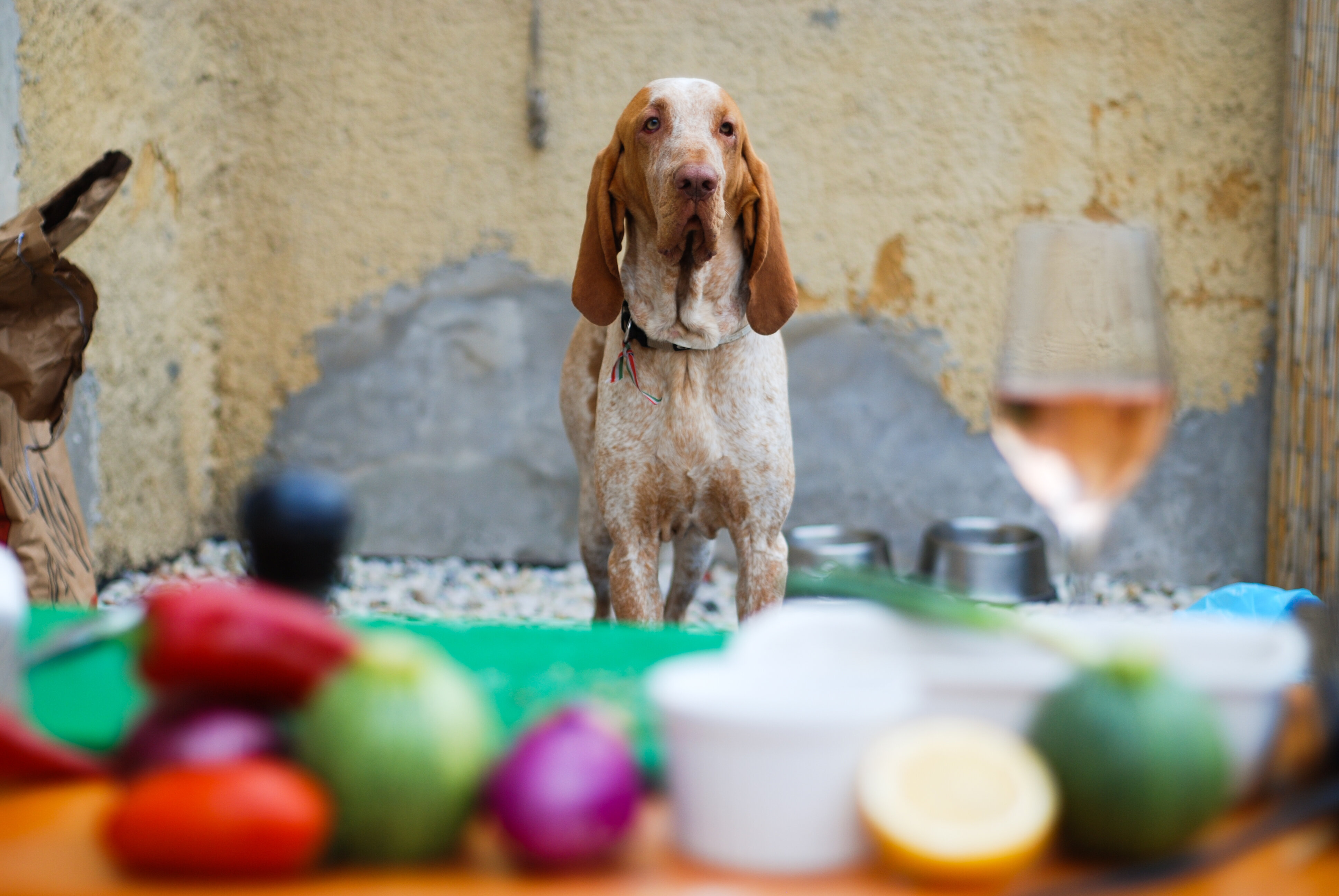Village fete deluxe: cream of viola soup, Gerbeaud with pálinka and lavender, an iPhone taking a plunge into Lake Balaton as an art piece, excellent wines and flickering flames on the horizon of the Hungarian Tuscany. This is what the first Kálibuli in Köveskál looked like.

On Saturday Kálibuli was organized for the first time in Köveskál: cultural programs were also featured in the schedule, but the organizers wanted gastronomy to take centre stage. For a day Kővirág Pension and Restaurant, the Káli Art Inn, Miakő, the Pálffy Wine Cellar and the Káli Kövek Winery came together, with ten other wineries contributing their vintages as well. The background music was provided by winemaker Mihály Liszkay on the piano and the pupils of the Snétberger Center, perhaps to the landscape rather than to the food and drinks, as the scenery and the tiny Balaton Uplands village were the real stars of Kálibuli.

Going hiking, cooking outdoors, chasing lizards and playing “lordoftherings” as a kid in Köveskál was fantastic. Every corner of the village exudes a kind of constancy and timelessness to this day, and the wind blows in the street the same way it did back in ‘95. Elderly ladies are selling candyfloss in front of the bus stop-turned-pop-up exhibition space, while inside a retro tsunami flowing from the pictures of Péter Weiler hits you.

The central female figure in Weiler’s images drops her iPhone into the Balaton in vain, a local angler is fishing, leaning against his MZ motorbike. The atmosphere of the Route ’71 exhibition mainly evokes the ‘80s and ‘90s: the ferry and lángos, painting your nails with an issue of Élet és Irodalom lying next to you on your towel, the eternal Badacsony looming in the background.

It is as easy getting hooked on the romantic vibe of the Káli Basin and the Badacsony as on good rosé fröccs or the food selection of any of the above-mentioned restaurants – in Köveskál you can sample tasty dishes at eateries of outstanding calibre a mere few minutes from each other.

At Miakő pork trotters were sizzling on the grill under the watchful eye of Totó, the vizsla. Trombitás and co. boosted the mood with Káli-style Gerbeaud spiked with pálinka and lavender. Artist-winemaker Tamás Trombitás, the mastermind behind Miakő personally supervised the activities of the seasoned and inked chef brigade.

At the Káli Art Inn, the viola soup was served by the owners themselves to the visitors sitting on chairs on the lawn trimmed to perfection as if with the help of a ruler.

The gastronomic highlight was delivered by Kővirág, which is usually fully booked even on a random day: cold cucumber soup was served with cheese, followed by mangalica neck with couscous, and cherry pie with whipped cream for dessert, though the latter could be better described as cherry with a side of pie. The fan base of Kővirág by far outnumbers the supporters of soccer teams in the neighbouring villages, which was plain to see at Kálibuli, too.

Midsummer night, bonfire: the sky of the “Hungarian Tuscany” was painted red by the Pálffy family. On the edge of the village, by the Pálffy Cellar visitors could round off the evening munching on classic, no-frills stew cooked outdoors and sipping the wines of the house. Those feeling up for it could even jump through the flames.

We were only puzzled by the surfboards.












